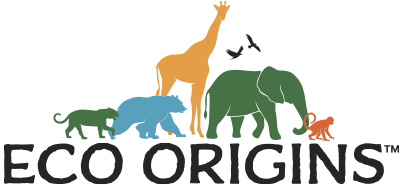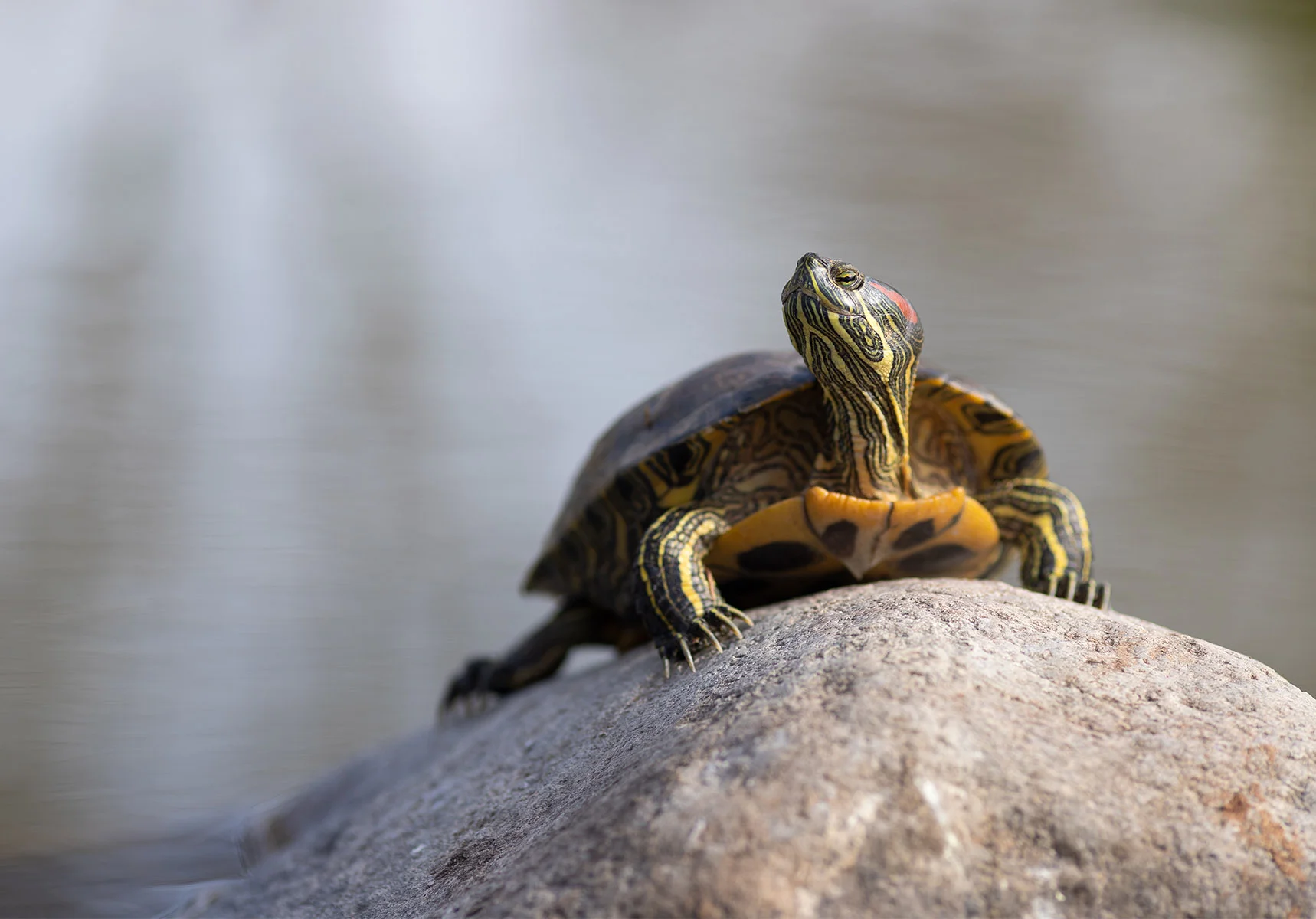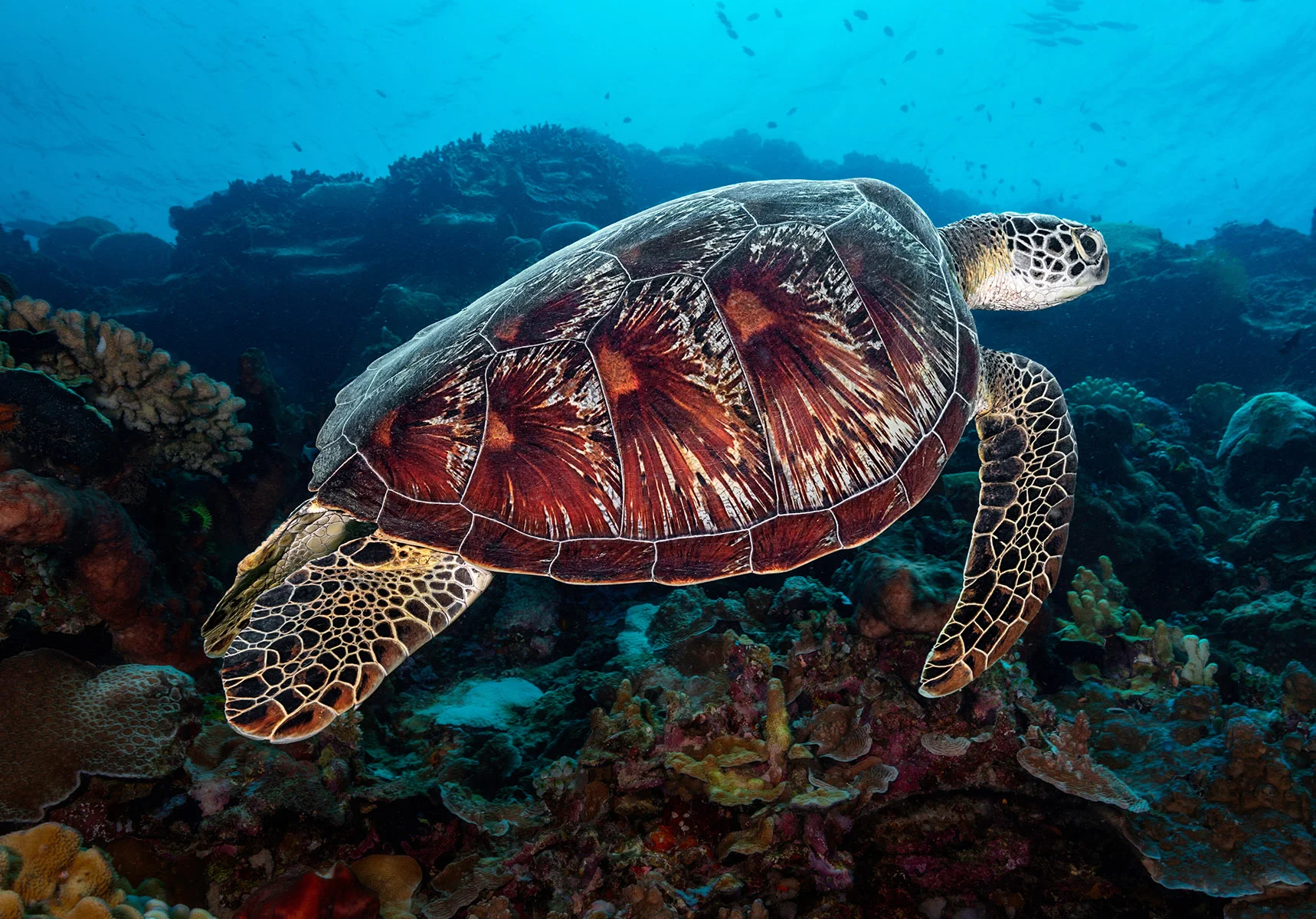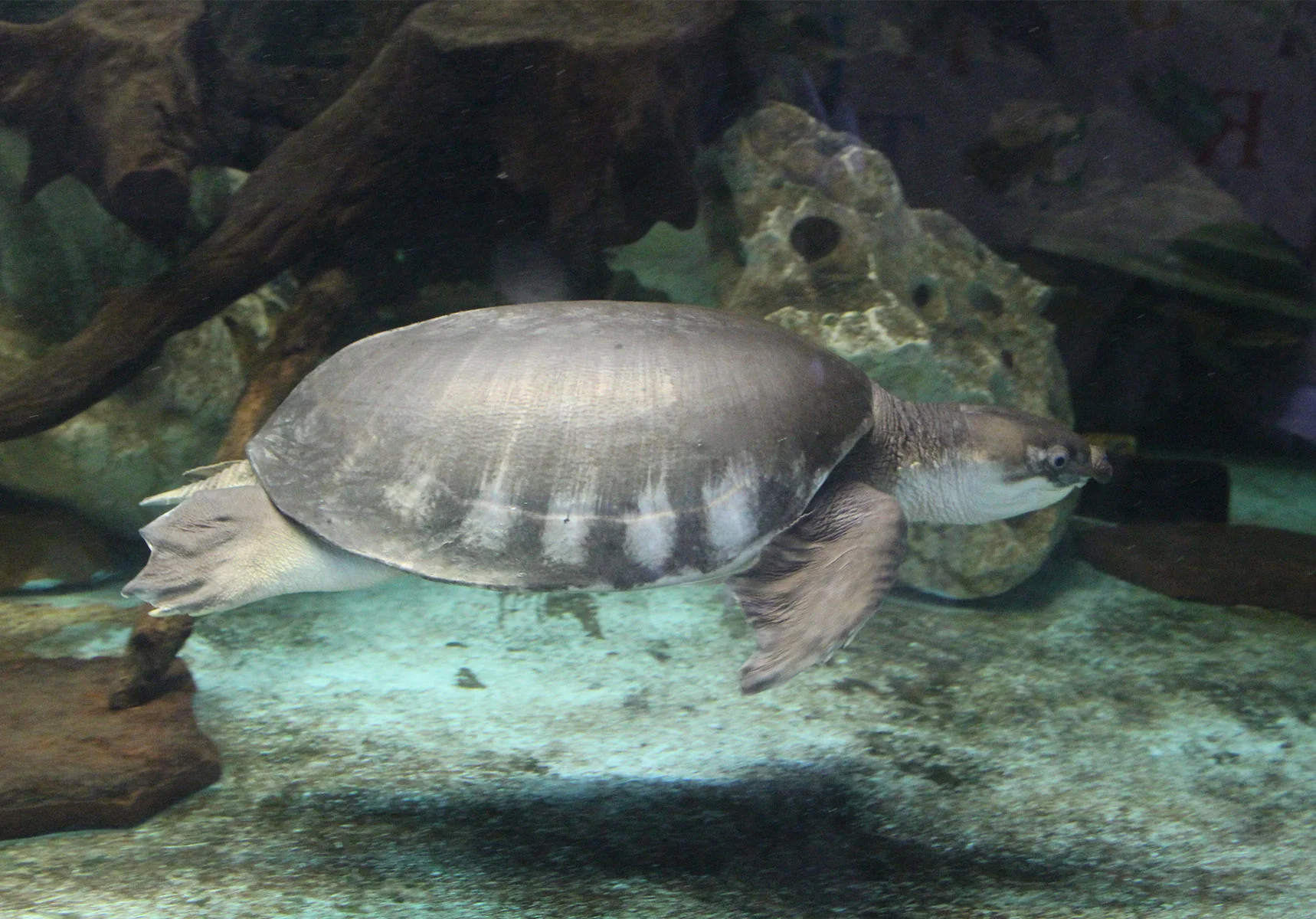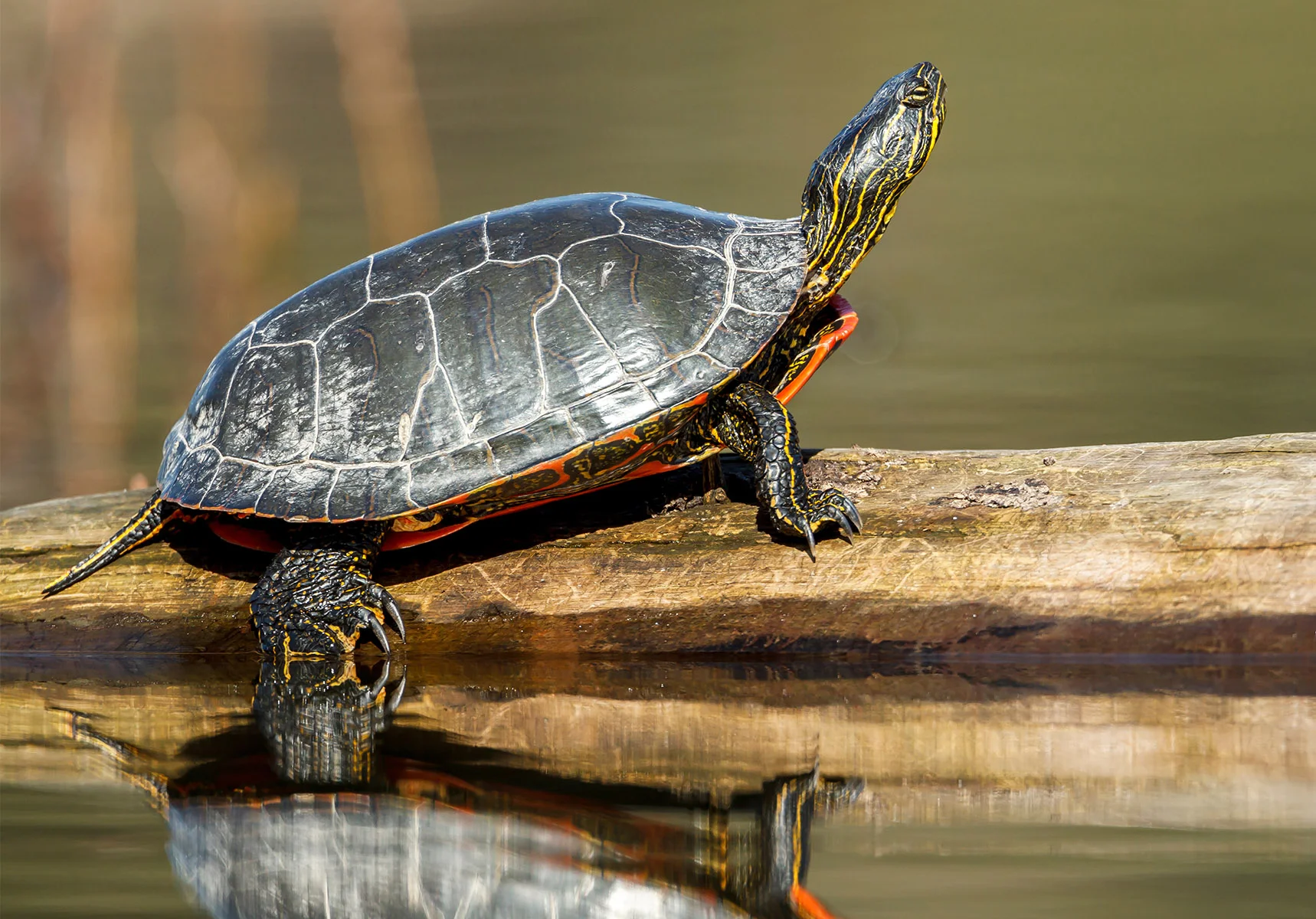Say hello to Tortuga! Her name comes from the Latin ‘Tartarucha,’ meaning ‘turtle,’ a nod to her ancient and awe-inspiring lineage.
Tortuga’s family tree stretches back over 200 million years, to a time when dinosaurs roamed the Earth. Her ancestors, like the remarkable Proganochelys, paved the way with hard shells and clever adaptations that set the stage for modern turtles.
Today, Tortuga is a proud survivor, a symbol of resilience and evolution. From sandy beaches to vast oceans, she reminds us of the enduring beauty of nature and the importance of protecting it for generations to come.
Ready to take a slow-and-steady journey with Tortuga? Let’s dive into her timeless tale!
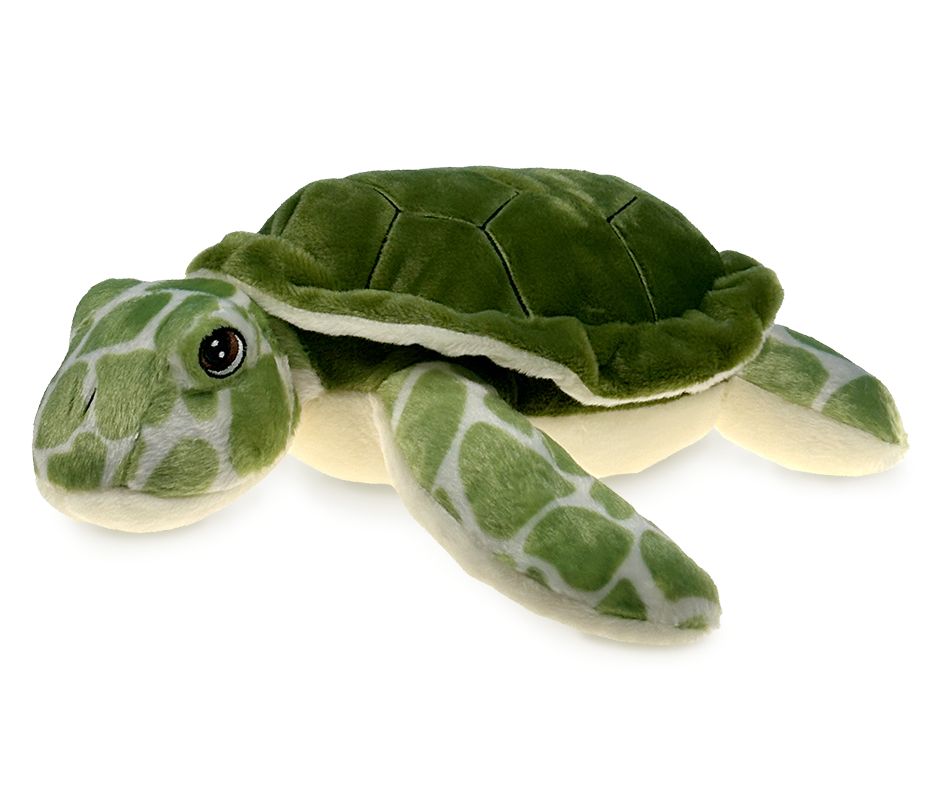
Origin
Turtles are found worldwide, inhabiting oceans, freshwater rivers and lakes, and terrestrial regions. Marine turtles frequent tropical and subtropical waters, while freshwater and terrestrial species have a more global distribution.
Risk Level
Medium to high, as turtles face threats like habitat destruction, pollution, climate change (affecting nesting and sex ratios), and poaching for meat, shells, and eggs.
Species
There are over 350 species of turtles, including sea turtles (e.g., Green turtle, Chelonia mydas), freshwater turtles (e.g., Red-eared slider, Trachemys scripta elegans), and terrestrial species like tortoises (e.g., Galápagos tortoise, Chelonoidis nigra).
Status
Turtles’ conservation status varies widely, with some species like the Leatherback sea turtle (Dermochelys coriacea) critically endangered, while others are of least concern. Global efforts include protected nesting sites, marine reserves, and public awareness campaigns to reduce poaching and bycatch.
Why is ‘Tortuga’ important to the eco-system?
Turtles like Tortuga are nature’s cleaners and gardeners! In the ocean, they munch on seagrass, keeping it trimmed and healthy, which supports marine life like fish and crustaceans. On land, some turtles spread seeds through their droppings, helping plants grow in new places.
But that’s not all! Tortuga and her turtle friends are also key players in the food web, supporting a variety of species, from fish to birds. Without turtles, ecosystems could become unbalanced, impacting the plants and animals that rely on them.
That’s why protecting Tortuga’s beaches and waters is very important—not just for her, but for the health of the entire ecosystem. Plus, turtles help maintain healthy oceans, which are essential for our planet’s climate. So, let’s shell-ebrate Tortuga, the timeless steward of land and sea!
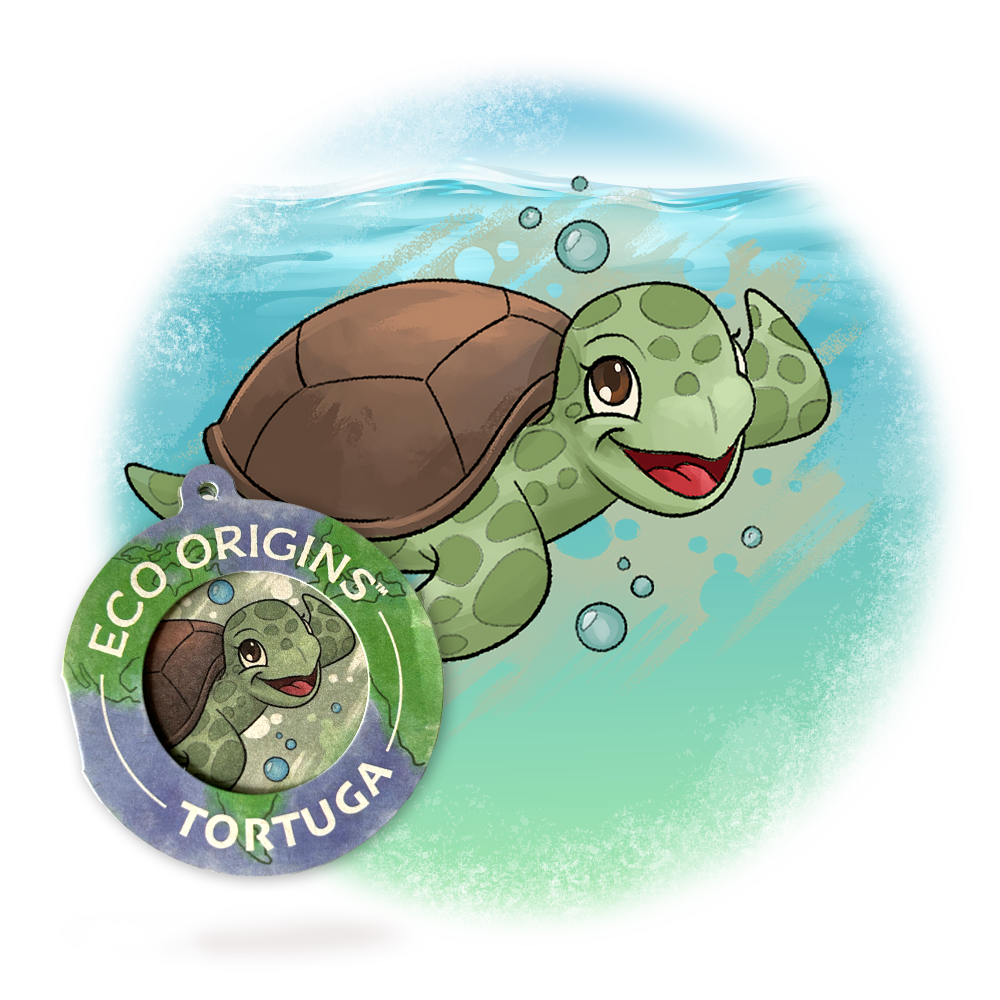
Measuring the Risk of Extinction
A species is considered critically endangered if it has lost 80% or more of its geographic range, and has a greater than 50% chance of extinction over the next 10–100 years.
Critically endangered turtle species, such as the Yangtze giant soft shell turtle, face an extraordinarily high risk of extinction. With fewer than 5 individuals confirmed in the wild, these species are on the brink of disappearing due to habitat loss, pollution, and over harvesting. Conservation programs focus on captive breeding and habitat restoration to prevent total extinction.
According to the IUCN, 54 species of turtles are categorised as Critically Endangered. [source]
A species is considered endangered if it has lost more than half of its geographic range, and has a greater than 20% chance of extinction over the next 10–100 years.
Endangered turtle species, including the hawksbill sea turtle, have seen dramatic population declines due to illegal poaching for their shells, bycatch in fishing operations, and habitat degradation. These species have lost over 50% of their populations in recent decades and require urgent conservation measures to ensure survival.
According to the IUCN, 69 species of turtles are considered Endangered. [source]
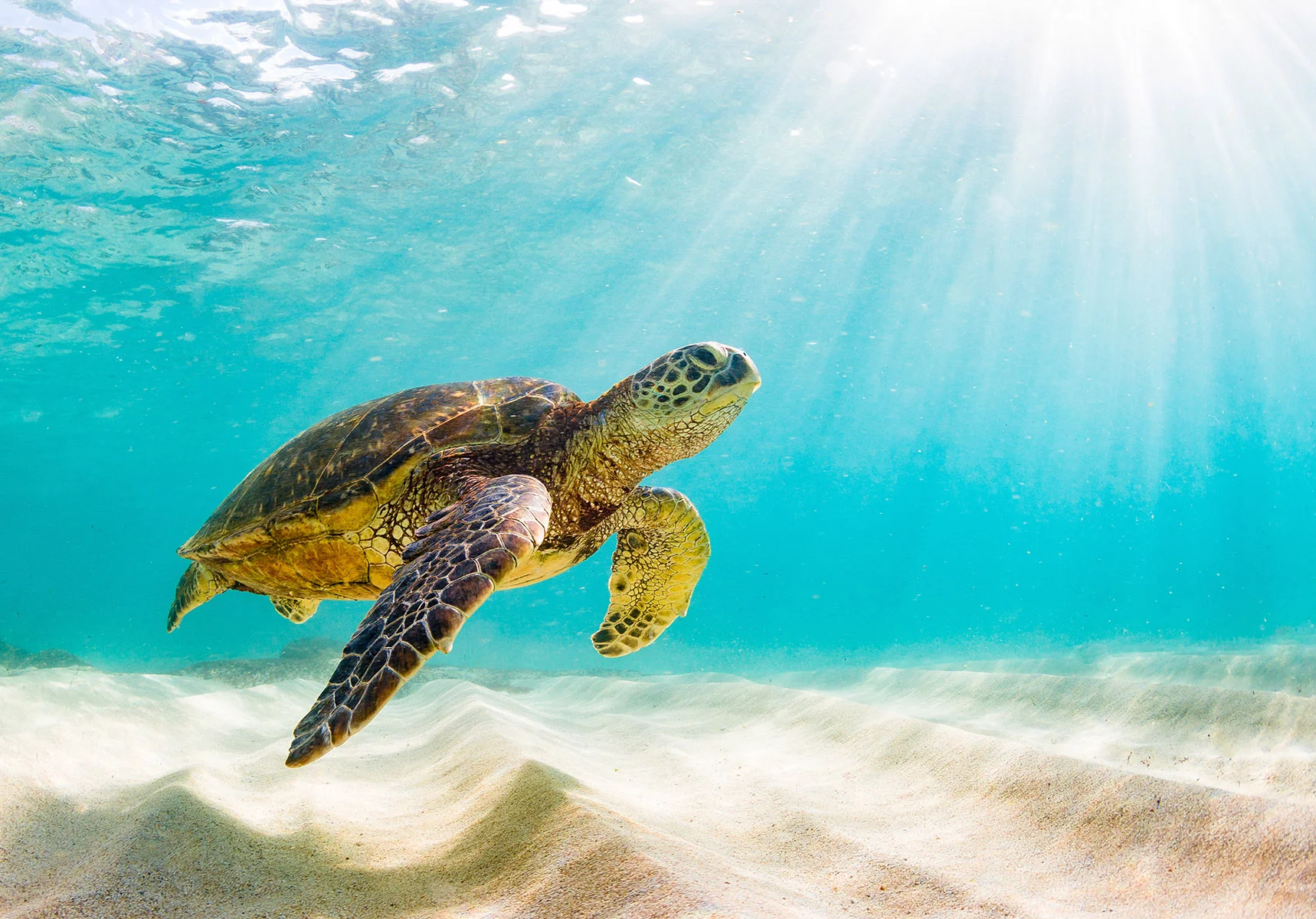
A species is considered vulnerable if there is a greater than 10% chance that it goes extinct in the wild within 100 years.
Vulnerable turtle species, such as the green sea turtle, face significant threats from coastal development, pollution, and climate change. While their populations remain larger than critically endangered or endangered species, they face a more than 10% chance of extinction within the next century if current threats persist. Conservation measures, like protecting nesting beaches, have shown promise but require global cooperation.
According to the IUCN, 94 species of turtles are listed as Vulnerable. [source]
A species is close to meeting the definition of endangered, vulnerable, or critically endangered based on recent trends.
Near-threatened turtle species, like the diamondback terrapin, are not yet at immediate risk but experience localized population declines due to habitat encroachment, road mortality, and collection for the pet trade. These species require active monitoring and protective measures to avoid further population decline.
According to the IUCN, 37 species of turtles are categorized as Near Threatened. [source]
A species is widespread, abundant, and not threatened with extinction.
Least-concern turtle species, such as the red-eared slider, have widespread populations and are highly adaptable to diverse environments. These turtles face fewer immediate threats but are still affected by habitat loss, pollution, and climate change in certain regions. Conservation efforts focus on ensuring their habitats remain stable and free from human interference.
According to the IUCN, 126 species of turtles are considered Least Concern. [source]
Measuring the Risk of Extinction
A species is considered critically endangered if it has lost 80% or more of its geographic range, and has a greater than 50% chance of extinction over the next 10–100 years.
Critically endangered turtle species, such as the Yangtze giant softshell turtle, face an extraordinarily high risk of extinction. With fewer than 5 individuals confirmed in the wild, these species are on the brink of disappearing due to habitat loss, pollution, and overharvesting. Conservation programs focus on captive breeding and habitat restoration to prevent total extinction.
According to the IUCN, 54 species of turtles are categorized as Critically Endangered. [source]
A species is considered endangered if it has lost more than half of its geographic range, and has a greater than 20% chance of extinction over the next 10–100 years.
Endangered turtle species, including the hawksbill sea turtle, have seen dramatic population declines due to illegal poaching for their shells, bycatch in fishing operations, and habitat degradation. These species have lost over 50% of their populations in recent decades and require urgent conservation measures to ensure survival.
According to the IUCN, 69 species of turtles are considered Endangered. [sou
A species is considered vulnerable if there is a greater than 10% chance that it goes extinct in the wild within 100 years.
Vulnerable turtle species, such as the green sea turtle, face significant threats from coastal development, pollution, and climate change. While their populations remain larger than critically endangered or endangered species, they face a more than 10% chance of extinction within the next century if current threats persist. Conservation measures, like protecting nesting beaches, have shown promise but require global cooperation.
According to the IUCN, 94 species of turtles are listed as Vulnerable. [source]
Near-threatened turtle species, like the diamondback terrapin, are not yet at immediate risk but experience localized population declines due to habitat encroachment, road mortality, and collection for the pet trade. These species require active monitoring and protective measures to avoid further population decline.
According to the IUCN, 37 species of turtles are categorized as Near Threatened. [source]
Least-concern turtle species, such as the red-eared slider, have widespread populations and are highly adaptable to diverse environments. These turtles face fewer immediate threats but are still affected by habitat loss, pollution, and climate change in certain regions. Conservation efforts focus on ensuring their habitats remain stable and free from human interference.
According to the IUCN, 126 species of turtles are considered Least Concern. [source]
100% Recycled: Head to Toe!

The fabric
We scour the best recycled material fabrics so that our plush always feels premium and soft to the touch!
Hang Tag
The Hangtag is made of recycled paper and attached with a Recycled Polyamide attacher.
Embroidery
Even our threads are recycled! They are extensively used in creation of adorable eyes!
Fiber Fill
What’s inside? Well it’s recycled, super soft, hypo-allergenic fiber!
Call of the Wild: Learning Den
Let’s get inspired to reconnect with nature! Discover cool facts about amazing animals, their families, and why they’re so important for keeping our planet wild and beautiful. It’s time to learn, explore, and take action to protect the incredible creatures that share our world.
255
356
5
Take a Dive with Tortuga!
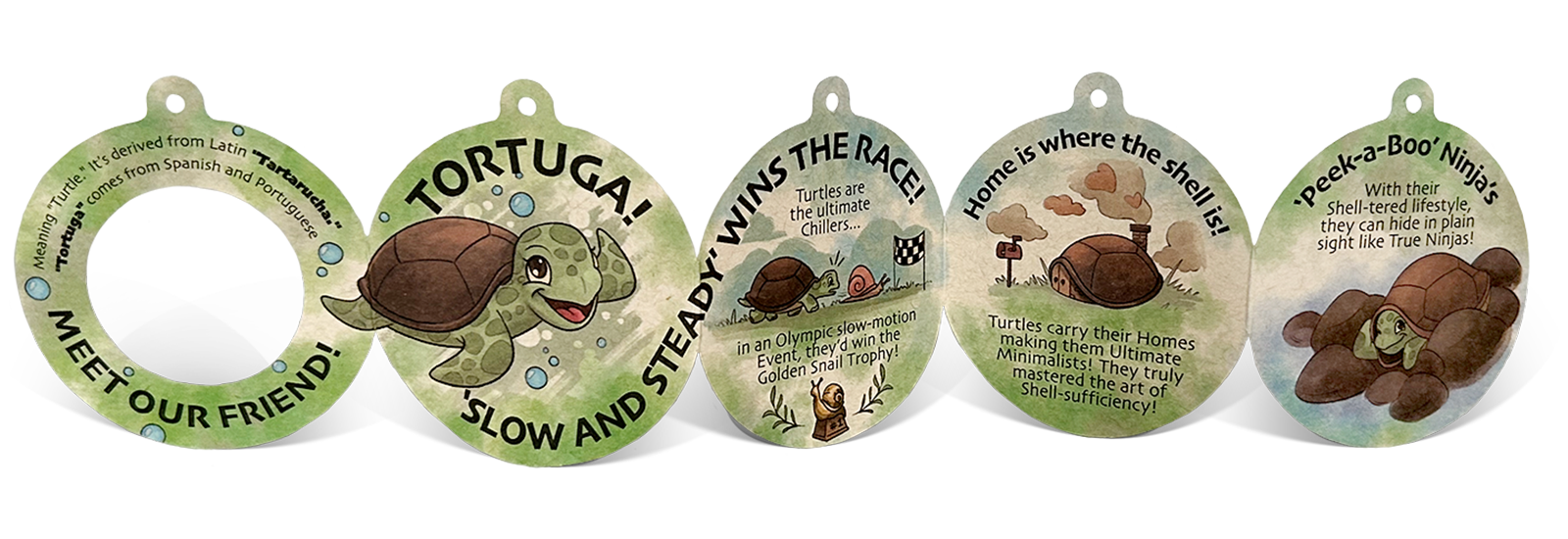
Fun Facts: Nature Nuggets!
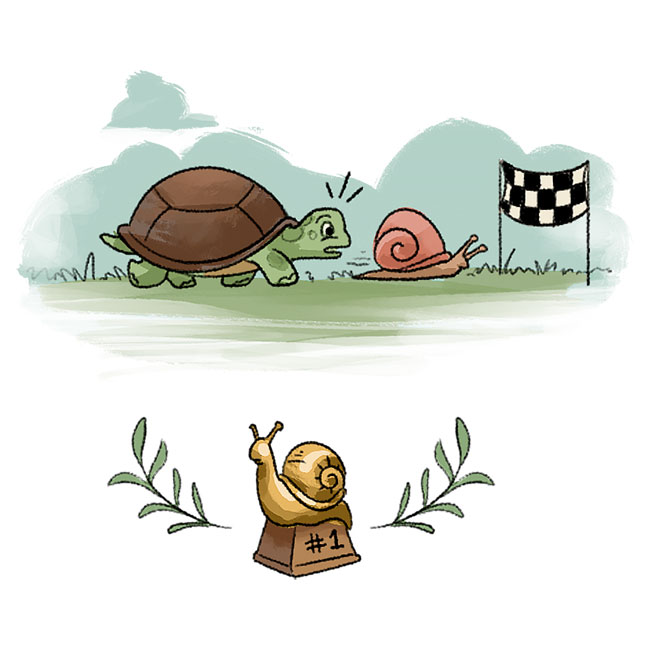
“Slow and Steady Wins the Race!” Turtles are the ultimate Chillers… in an Olympic slow-motion Event, they’d win the
Golden Snail Trophy!
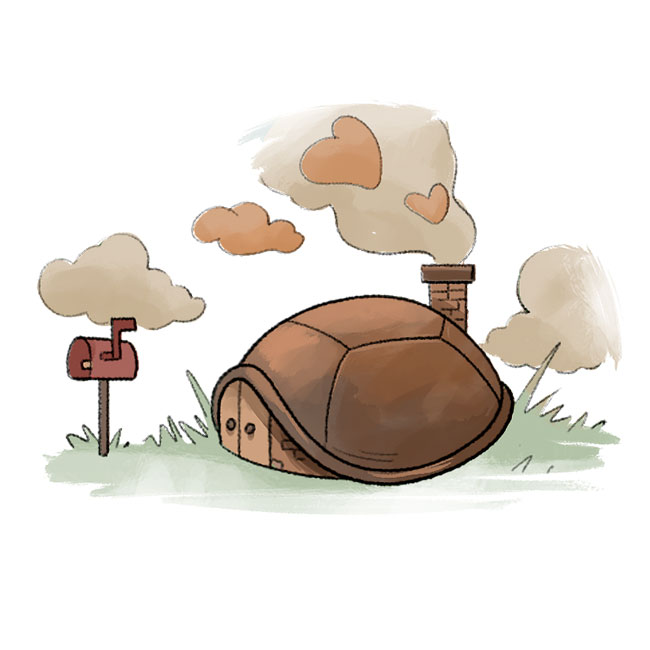
“Home is where the Shell is!” Turtles carry their Homes making them Ultimate Minimalists! They truly mastered the art of Shell-sufficiency!
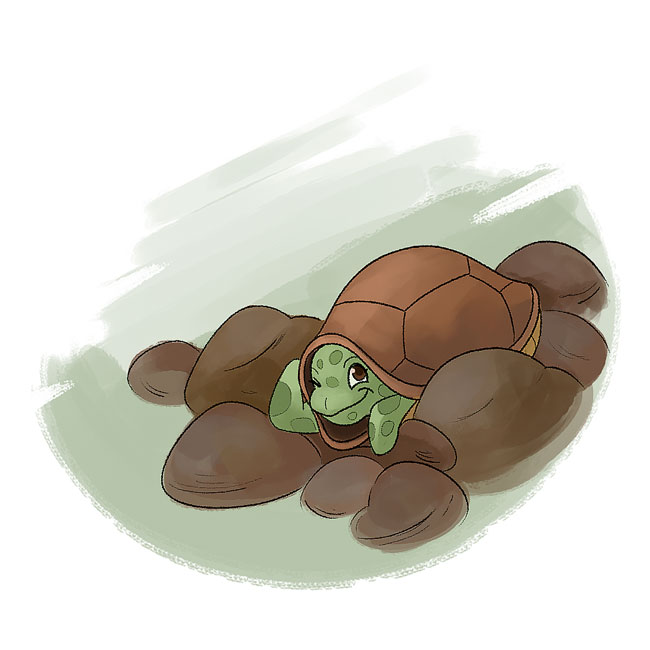
“Peek-a-Boo Ninjas!” With their Shell-tered lifestyle, they can hide in plain sight like True Ninjas!
